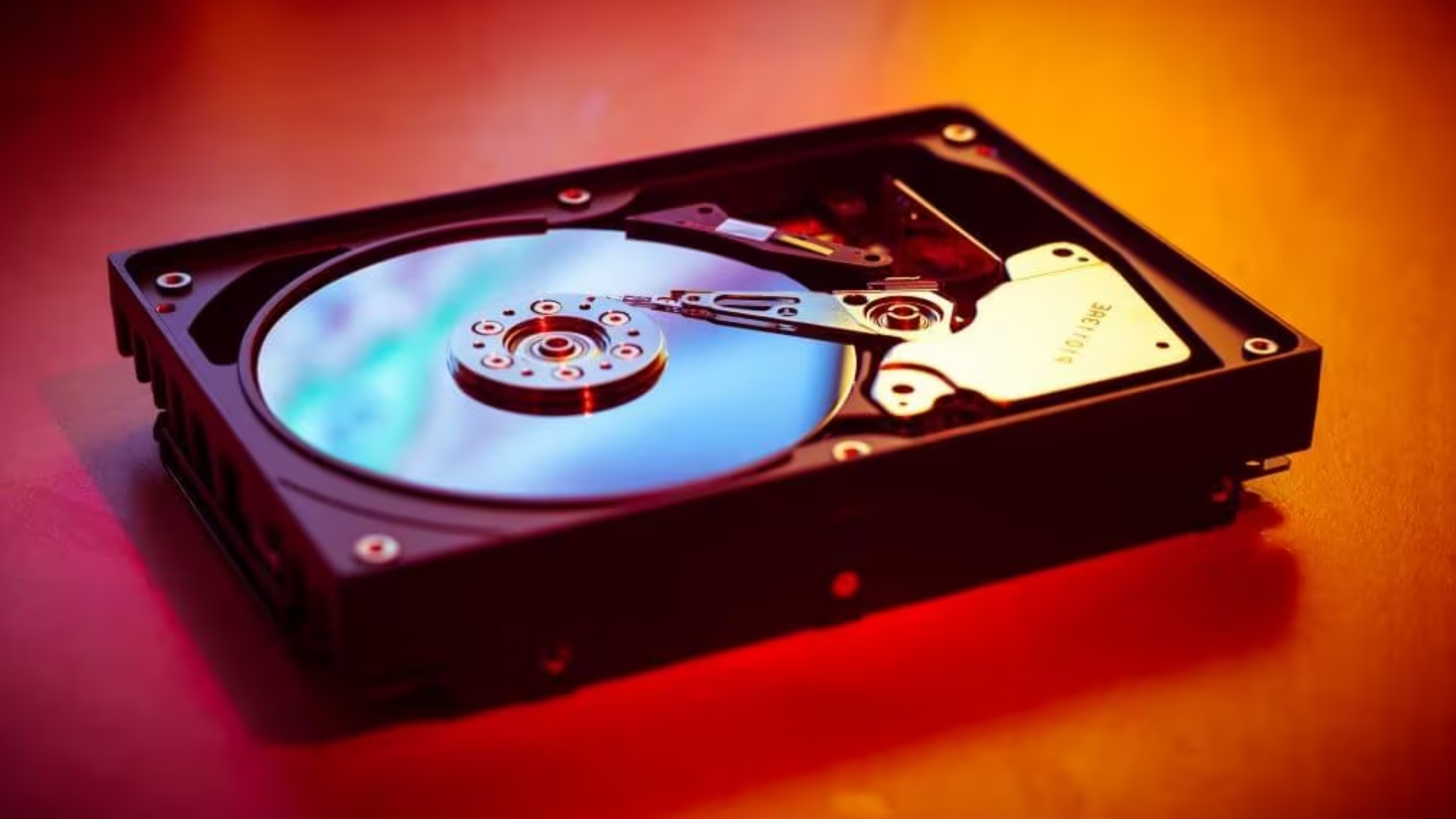Encountering an external hard drive that won’t read can be frustrating, especially if it contains important files. Whether your computer fails to recognise it or the drive simply isn’t accessible, there are several steps you can take to troubleshoot and recover your data. In this article, we’ll explore practical solutions to help you get your external hard drive back in action.
1. Check the Basics: Connection and Power
Before diving into complex fixes, start with the basics. Ensure that the external hard drive is properly connected to your computer. Try a different USB port or even a different computer to rule out the possibility of a faulty connection. If your drive requires an external power source, make sure it’s plugged in and powered on.
2. Restart Your Computer
It sounds simple, but restarting your computer can sometimes solve the issue. A fresh restart can clear any software glitches that might be preventing your computer from reading the external drive.
3. Try a Different Cable
A damaged or malfunctioning USB cable can be the culprit behind your hard drive not being recognized. Swap out the cable with a different one, ensuring it’s in good condition and compatible with your drive.
4. Check Disk Management (Windows) or Disk Utility (Mac)
If your computer still doesn’t recognise the drive, it may not be showing up in your file explorer but could still be accessible in your system’s disk management tools. On Windows, go to Disk Management by right-clicking on the Start button and selecting Disk Management. On Mac, open Disk Utility. Look for your external drive and check if it’s listed. If it is, try to assign a new drive letter (Windows) or mount the drive (Mac).
5. Run a Disk Check or Repair
If the drive is visible in Disk Management or Disk Utility but still inaccessible, running a disk check can help. In Windows, you can do this by right-clicking the drive in This PC, selecting Properties, then Tools, and clicking Check. On Mac, use First Aid in Disk Utility to repair any file system issues.
6. Use Data Recovery Software
If the drive is still not readable, it might be time to turn to data recovery software. Programs like Recuva (Windows) or Disk Drill (Windows and Mac) can scan the drive for recoverable files. These tools often have a free version with basic features, but more extensive recovery may require a paid version.
7. Consult a Professional
If all else fails, it’s best to consult a data recovery specialist. They have the tools and expertise to recover data from damaged drives that might be physically compromised.
A non-reading external hard drive can be a hassle, but by following these troubleshooting steps, you can increase the chances of recovering your data. Start with simple checks, then move on to software solutions, and if necessary, seek professional help. Remember, taking regular backups in the future can help prevent data loss in the first place.
